If you’re an up-and-coming photographer, you may have considered apprenticing as a second shooter for a pro before striking out on your own. It’s fairly common to gain experience by being a second shooter for a more experienced photographer. It’s the best way to get experience fast and learn tricks of the trade related to angles, lighting, posing clients, and more.
But you need to be prepared before becoming a second shooter. After all, it’s a job! So you want to make sure you’re well-equipped for the wedding day and whatever the main photographer needs. That’s why we’ve created a complete second shooter checklist to help you capture moments with confidence.
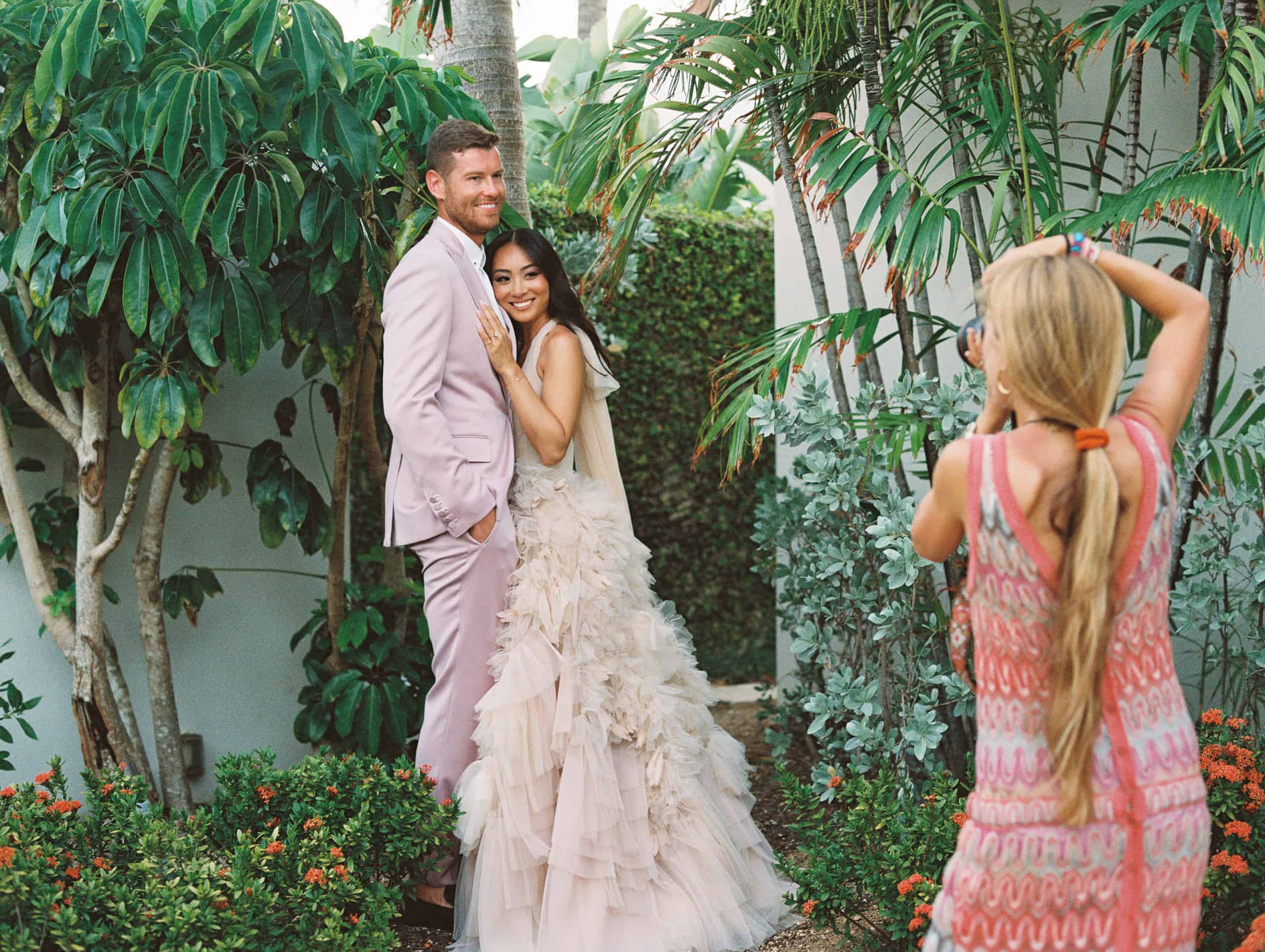
My Experience as a Second Shooter
It may seem like all your favorite photographers were overnight successes. But in reality, they were mentored by top photographers before becoming the best.
Back when we were getting started, I was a second shooter for a photographer in Doha, Qatar. That photographer became my mentor, patiently showing me everything I needed to know to capture great photos. This experience was essential to my success, especially when I uprooted my life from Lake Como, Italy to San Francisco, and then back again to start my own photography business.
Still, before I found my own clients and later became a top international wedding photographer, I had to truly master being a second shooter. The longer you’re a photographer (and especially when you collaborate with others!), you begin to develop your style and truly understand what makes a good photo.
If you’re a second shooter or considering becoming one, read on for our second shooter checklist that will give you all the tips you need to be as successful as possible in assisting your mentor and being a photographer’s dream second shooter!
Use this 7-step Second Shooter Checklist for Your Next Wedding!
If you want to gain experience as a wedding photographer before you branch out on your own, then you’ll probably want to work with a professional multiple times. You’ll learn the ins and outs of wedding day flows. You’ll learn tips and tricks that only someone with years of knowledge can teach you. And you’ll hone your craft so you’re ready to strike out on your own!
Part of working with a professional photographer time and time again involves making sure you do your job as a second shooter extremely well. Impress them so they can’t help but invite you back for their next wedding.
That’s what this second shooter checklist aims to do. Read through, understand, and practice each step of this checklist so you go to your next wedding with the utmost confidence. You’ll be the dream second shooter for your main photographer.
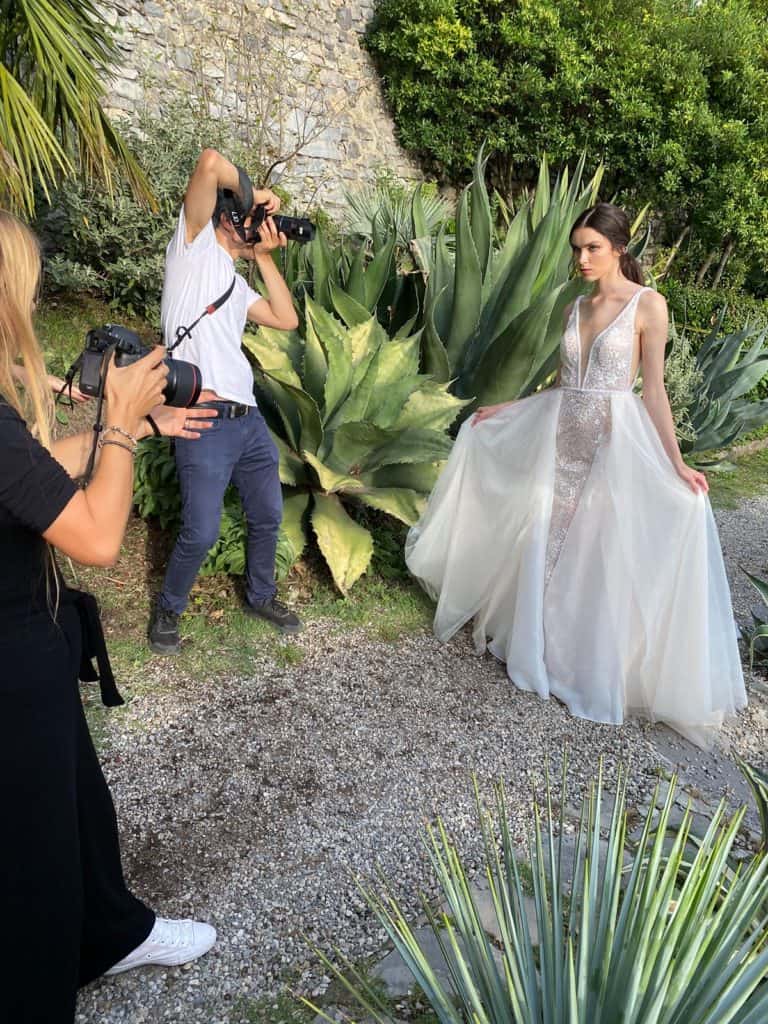
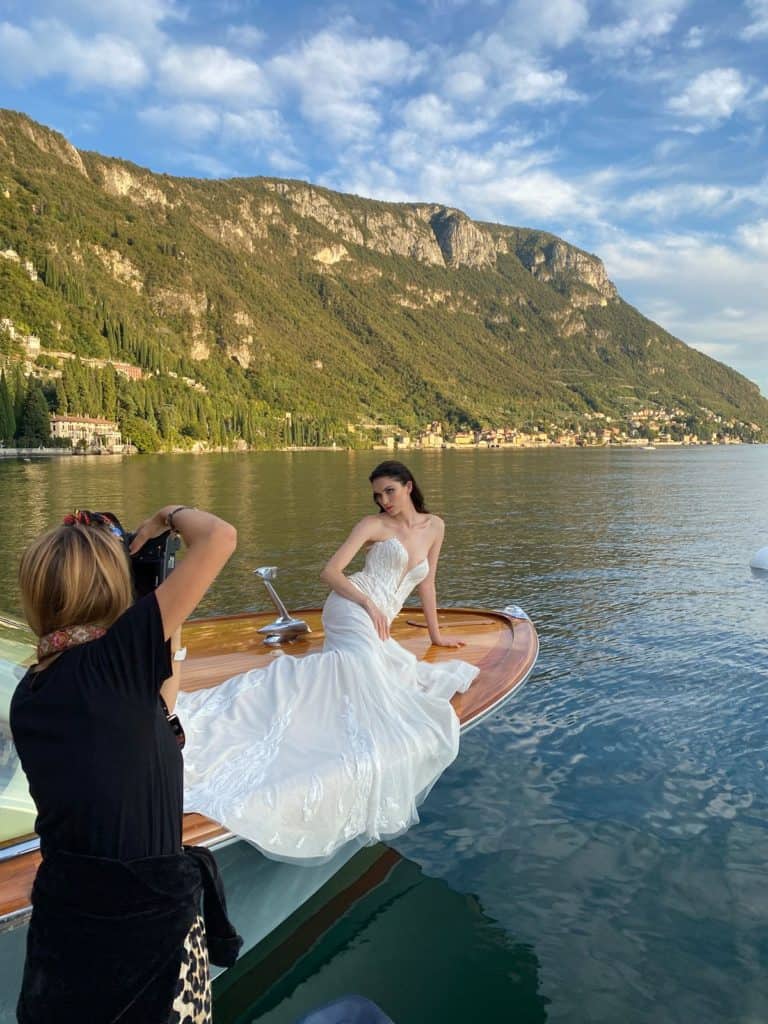

Step 1: Learn the Photographer’s Style
Before photographing with the photographer, take some time to study their portfolio. Is their style more light and airy, moody, or editorial? Are their photos more posed or impromptu? Really study different weddings and see how they bring out the unique personalities of each couple.
Pay close attention to posing, overall aesthetic, colors, and even the character and tone of their events. The smallest details can tell you a lot about how a photographer approaches their work.
It may feel strange to imitate someone else’s style as a second shooter, but think of it this way: the artistic masters (you know, the ones that inspired our presets) studied the forms of the great artists that came before them. If it’s good enough for them, it can be good enough for you!
We don’t recommend using photos you capture while working as a second shooter to build your portfolio, because the photographer’s style may not reflect your own. But mimicking their style allows you to hone your craft.
Step 2: Understand Which Photos You’re Responsible For
This is a crucial piece of your second shooter checklist. Before the wedding day itself, ensure you are on the same page about which photos you are responsible for at the event. For example, are you responsible for the groom’s getting ready photos? A first look? Bridal details? Decor?
Have a conversation with the photographer and study the shot list closely. The last thing you want is miscommunication or mixed signals on the wedding day. Come prepared, and it will pay off!
Step 3: Know the Timeline
While you’re having a conversation about the shot list, take some time to learn the couple’s timeline. Understand what is happening and when, how much coverage you two are responsible for, and be aware of keeping up with the timelines as best as you can.
Sometimes things run over and you can adjust. But you don’t want to be the reason the wedding runs behind. Keep things on schedule and show up early so you won’t miss a thing.

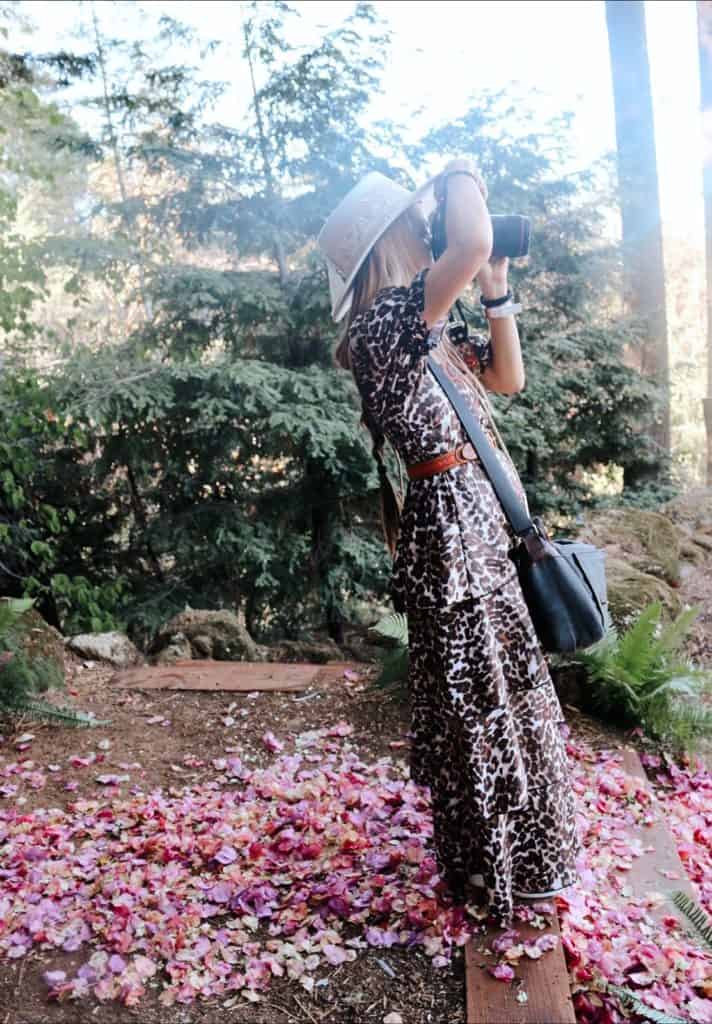
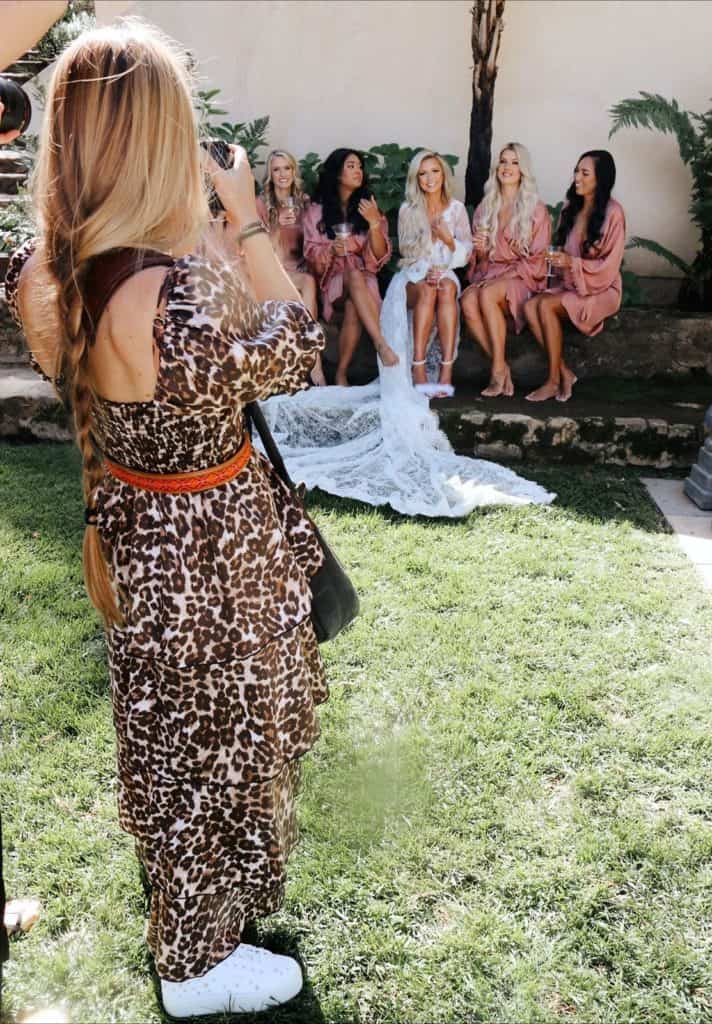
Step 4: Use the Primary Photographer’s Memory Cards
Make sure that you’re using the memory cards the photographer gives you. Typically, you’ll be shooting on dual cards so that you have a copy to hand off to the photographer at the end of the day.
Uploading in RAW is always problematic, so this streamlines the process and makes it easier for the photographer to have everything they need to cull and edit the gallery.
Step 5: Don’t Take Competing Photos
Your goal as a second shooter is to complement the photographer by capturing the details, not the same money shots.
As an assisting photographer, you don’t want to take the exact same photos as your mentor. Think about alternating perspectives, unique angles, and different lenses when photographing the same scene. The goal here is not to compete with the photographer to be the best. But rather, to support the photographer and serve the client together so they have the best possible images of their wedding.
The cool part about being a second shooter is that you can get the fine details, the photos no one else thought to take. You can offer alternate photos that will ultimately contribute to the final client gallery.
When photographing alongside your mentor, make sure to vary your lenses and angles. Shoot wide, 3/4, and close up so you can give the photographer a range of options when they cull the gallery.
Step 6: Manage the Small Things
As a second shooter, one of your jobs will be stepping in as an assistant to help the primary photographer focus on the couple. Be prepared to do things like moving bags, keeping everyone hydrated, arranging people, and coordinating. Don’t be afraid to get in the mix but also defer to the other photographer and let them direct the wedding day.
As best as you can, try to anticipate their needs and check in to see if they need help. Understand if the photographer needs you by their side at that moment, or if it’s appropriate for you to be in another location to photograph another part of the wedding. Stay in communication and you’ll be successful!
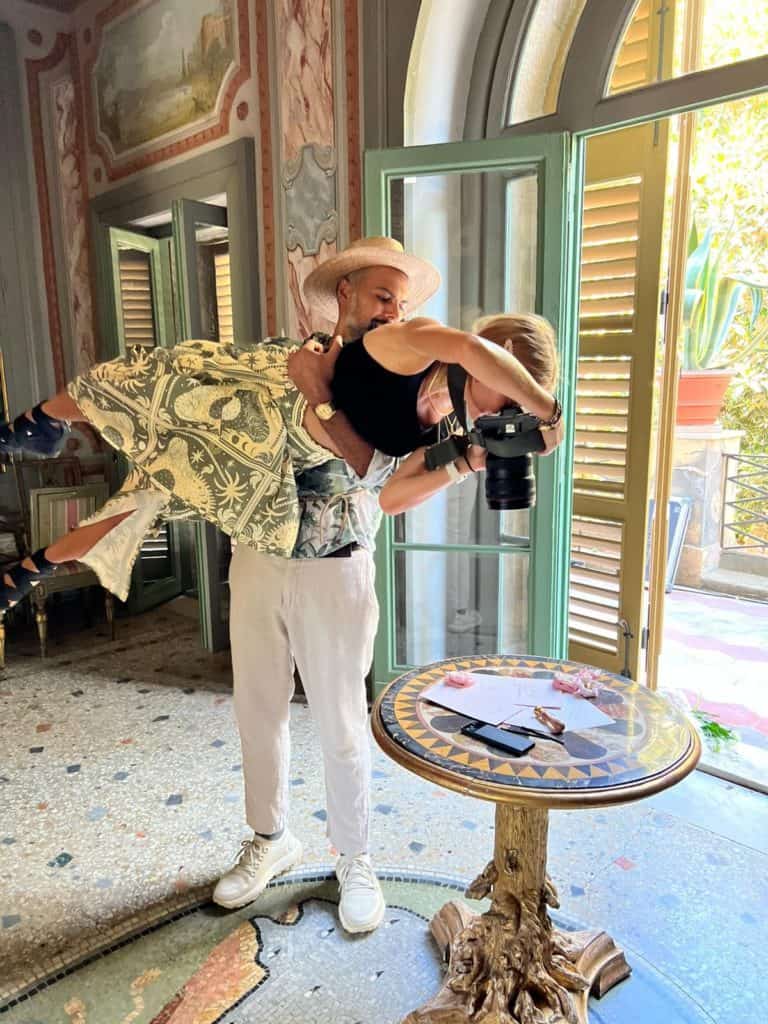

Step 7: Be Professional, Have Fun, and Learn!
We hope it goes without saying, but you obviously want to be professional when serving as a second shooter. You never want to poach clients, talk about your own business, or take the attention off the primary photographer, who ultimately was the one hired for the wedding.
The couple chose them as their photographer, and it’s the respectful thing to do to let them shine. You can focus on being as helpful as possible on the day. You’ll benefit by getting an inside look at a wedding day, gaining experience, and also getting paid to do what you love.
That being said, being a second shooter can be a fun job. Embrace this opportunity to learn from a pro, take their guidance, and gain experience so you’ll be the one hiring a second shooter in the near future!
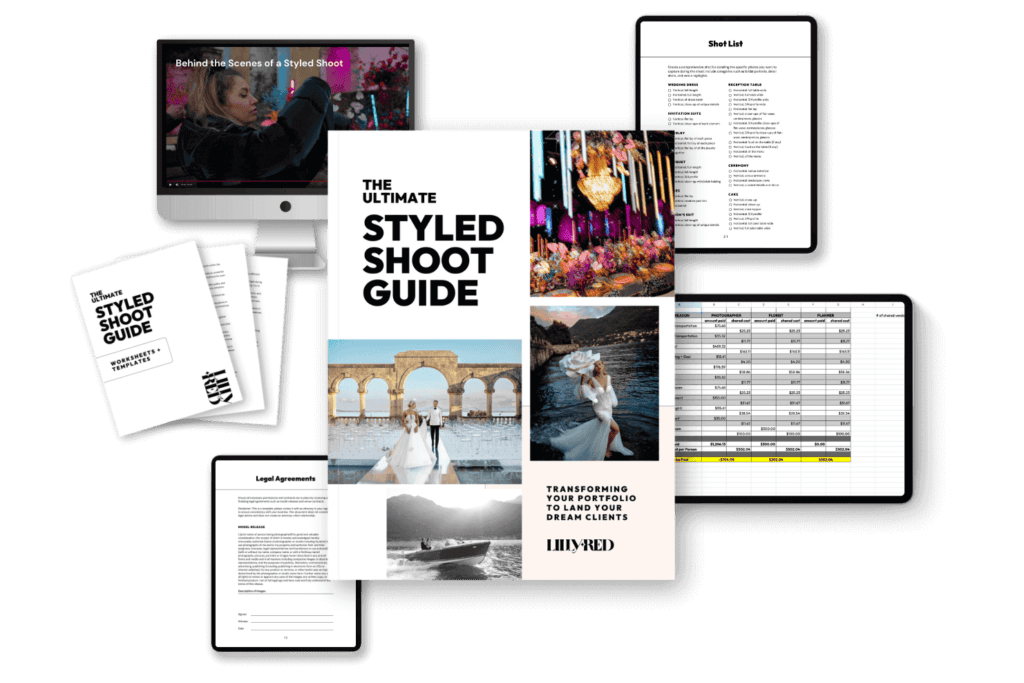
Looking to build your portfolio and ultimately become a destination wedding photographer? Check out our styled shoot guide to get a behind-the-scenes look at how to curate, photograph, and share a styled shoot that will get you noticed by your dream clients.